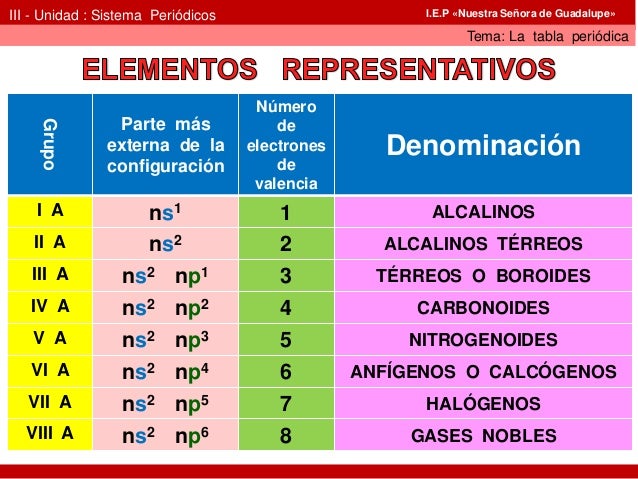
That justifies the attempts to create silicon materials with direct gap that can absorb and emit light. This puts it apart from the next-generation applications (light diode, high-performance transistor). It has not replaced them so far because Si is an indirect gap semiconductor and cannot absorb directly the solar photons without thermal agitations of crystal lattice (phonons). Moreover, silicon is not a pollutant and, therefore, is an ideal candidate to replace the actual materials in photovoltaics, like compounds based on the arsenic and heavy metals. It is essential for today's electronics because of its ability to show various electronic behaviors that allow covering the numerous fields of cutting-edge applications. Read more articles at chemistryonline.Silicon is the second abundant element, after oxygen, in the earth crust. Therefore radius of inert gases is exceptionally greater. The value of crystal radius is greater than covalent radius.

Hence inert gases do not have covalent radius. Since inert gases do not form covalent bond with their atoms. Question: Radius of inert gases is exceptionally greater why? Those elements of III period whose properties resemble with the elements of their sub group A and B are called bridge elements. Li and Na are the elements of I st group while Be and Mg are the elements of II group. These elements represent the characteristic properties of their respective groups. This similarity between diagonally opposite element is called diagonal relationship.Įlements of II & III period are called typical elements.

Lighter elements of II period (Li, Be, B) resemble the diagonally opposite elements of III period in their properties. This decreases the nuclear charge felt by valence electron. This effect is called screening or shielding effect. This decreases the effect of the nucleus on the valence electron. In a multi electron atom, the electrons present between the nucleus and the valence shell i.e inner electrons shield the valence electrons from the nucleus. This tendency to show higher valencies is less in Tl, Pb & Bi but more in Sn, In & Sb etc. When sufficient energy is available, the s-electrons also enter into bond formation and higher valencies are observed.


The reluctance of s-electron pair to take part in bond formation is known as ‘inert pair effect’. In case of lower valencies, only electrons present in p-subshell are lost and s-electrons remain intact. Some heavier elements of the III, IV & V group having configuration of outer most shell ns2 np1 ns2 np2 ns2 np3 show valencies with a difference of 2 i.e (1 & 3) ( 2 & 4 ) ( 3 & 5) respectively.


 0 kommentar(er)
0 kommentar(er)
